Free Consultation
Free Consultation
- Where?
- Via video or phone
- What?
- Clarification of questions and of the findings of your examination
- How long?
- 20 minutes
Avancell Joint Repair stands for personalized regenerative treatment plans are precisely tailored to meet your needs. Our goal: to preserve your joint and improve your quality of life. We try to avoid surgery as much as possible by fully leveraging your body’s own regenerative potential. Depending on the nature of your tissue or cartilage damage, your orthopedic specialist will combine cutting-edge therapies to maximize the healing effect.
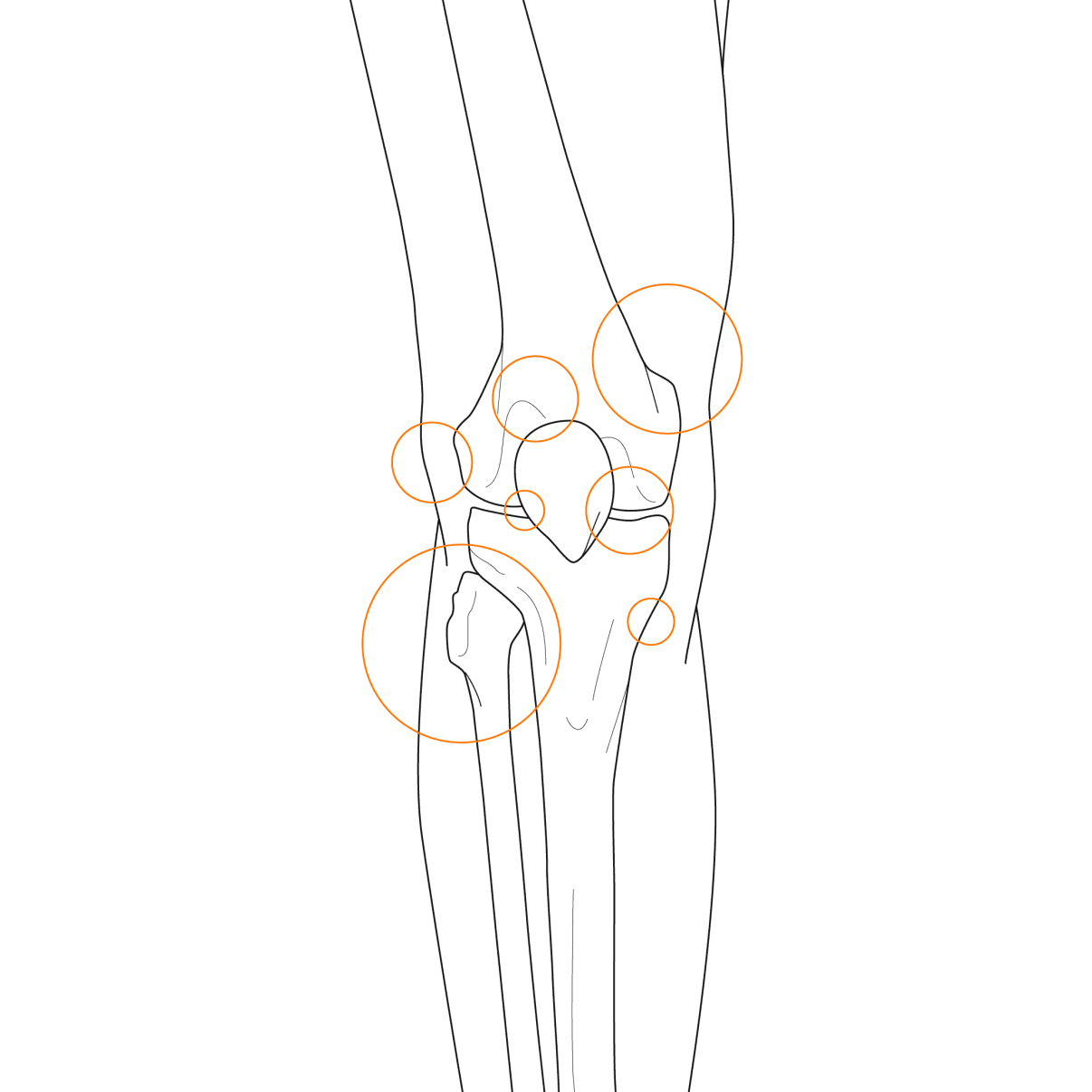
How exactly does this work? Firstly, your orthopedic specialist will analyze the extent and type of tissue or cartilage damage. This requires MRI images that are no more than three months old and we can arrange a referral for you. Based on this analysis, your orthopedic specialist will create a completely individualized treatment plan for you.
The severity of tissue and cartilage damage is also crucial:
Avancell Stage I: Mild cartilage damage (Osteoarthritis Grade I–II) with a slight inflammatory reaction or mild joint effusion (Pain VAS 0–3).
Avancell Stage II: Moderate cartilage damage (Osteoarthritis Grade III) with a moderate inflammatory reaction or moderate joint effusion (Pain VAS 4–6).
Avancell Stage III: Severe cartilage damage (Osteoarthritis Grade IV) with a strong inflammatory reaction or severe joint effusion (Pain VAS >6).
Avancell Joint Repair makes use of the following regenerative therapy methods:
Stem cells can also be obtained from peripheral blood. They are acquired by drawing blood that is then centrifuged. In addition to stem cells, this process also yields anti-inflammatory cells, valuable platelet-rich plasma, and cytokines that are anti-inflammatory and effective against arthritic pain.
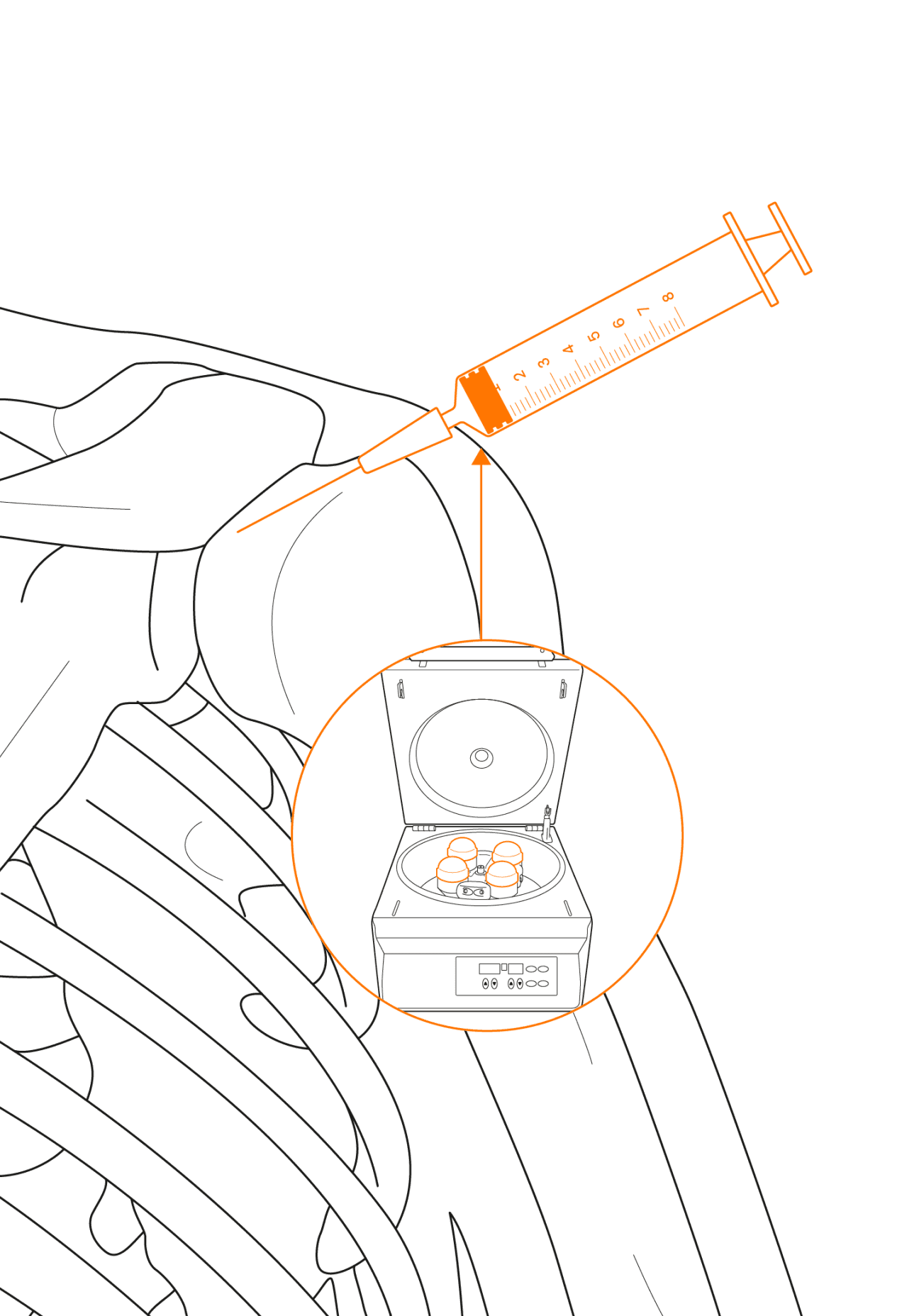
Stem cells are abundant in human bone marrow. As precursor cells of cartilage cells these can differentiate to form cartilage. We obtain these stem cells from the bone marrow by puncturing the bone marrow from the iliac crest under local anesthetic. This bone marrow is then processed and concentrated. In addition to stem cells, it also contains anti-inflammatory factors and factors from stem cells that are also very effective in combating the pain and inflammatory processes associated with arthritis.

We use special scaffolds to deliver as many stem cells as possible into the cartilage defects. These scaffolds are solid structures or liquid components that are introduced into the damaged cartilage site, where they “attract” (draw in) the cells.
In particular, our physicians work with ChondroFiller®, a biological, cell-free collagen. It is injected as a liquid matrix (ChondroFiller liquid), then gels and provides a framework for the body’s own regeneration (self-regeneration) of hyaline cartilage, without the need to cultivate cells in a laboratory. This method is gentle and suitable for various joints, such as the thumb saddle joint, knee, and hip.

These are the messengers that control communication between cells. The numerous recent studies that have shown the important role played by exosomes from stem cells or platelets in cartilage damage and arthritis show that they a very significant tool. Avancell already successfully uses exosomes to treat cartilage damage and arthritis.
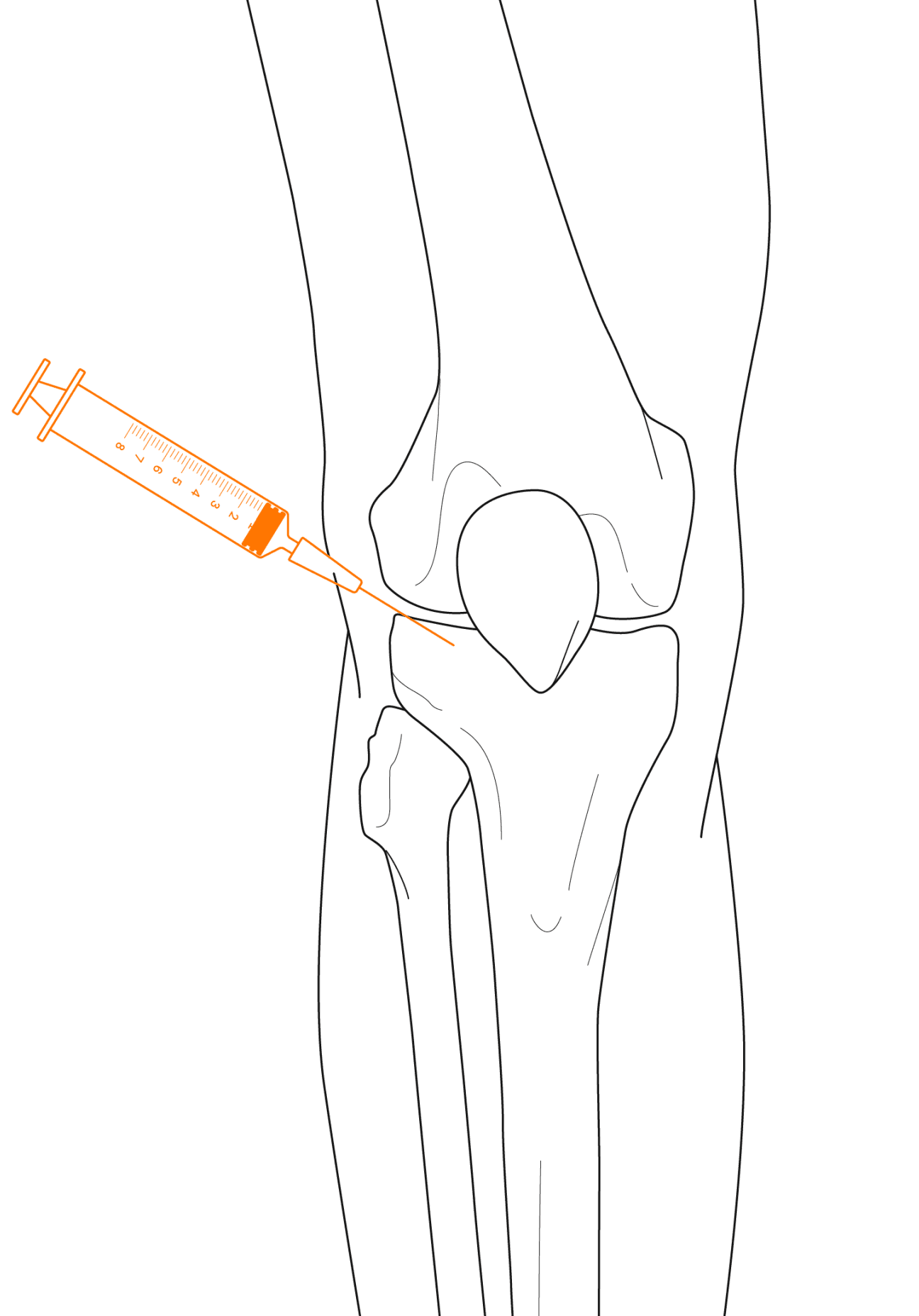
Platelet-rich plasma (PRP) is obtained by centrifuging the patient’s own blood and injecting it into the joint. In cases of mild cartilage damage, the use of PRP alone may be enough to achieve significant pain reduction and to regenerate cartilage. Another of our standard treatments involves the use of autologous, conditioned serum (ACS).

Stem cells are cells that can differentiate into various cell types. Regenerative medicine uses bone marrow or autologous fat or blood as a source of stem cells for tissue regeneration. We successfully apply this procedure as a means of regenerating cartilage. Adipose-derived stem cells are obtained from the patient’s own adipose tissue. This involves minor liposuction under local anesthetic. The fat cells are then mechanically broken down to release the stem cells. As well as containing the stem cells, the so-called “fat graft” also contains the secretions of the stem cells, which also have anti-inflammatory and pain-relieving properties (secretome). By performing this treatment we reduce pain on multiple levels: with the help of cells, messengers, and the mechanical properties of the fat graft.
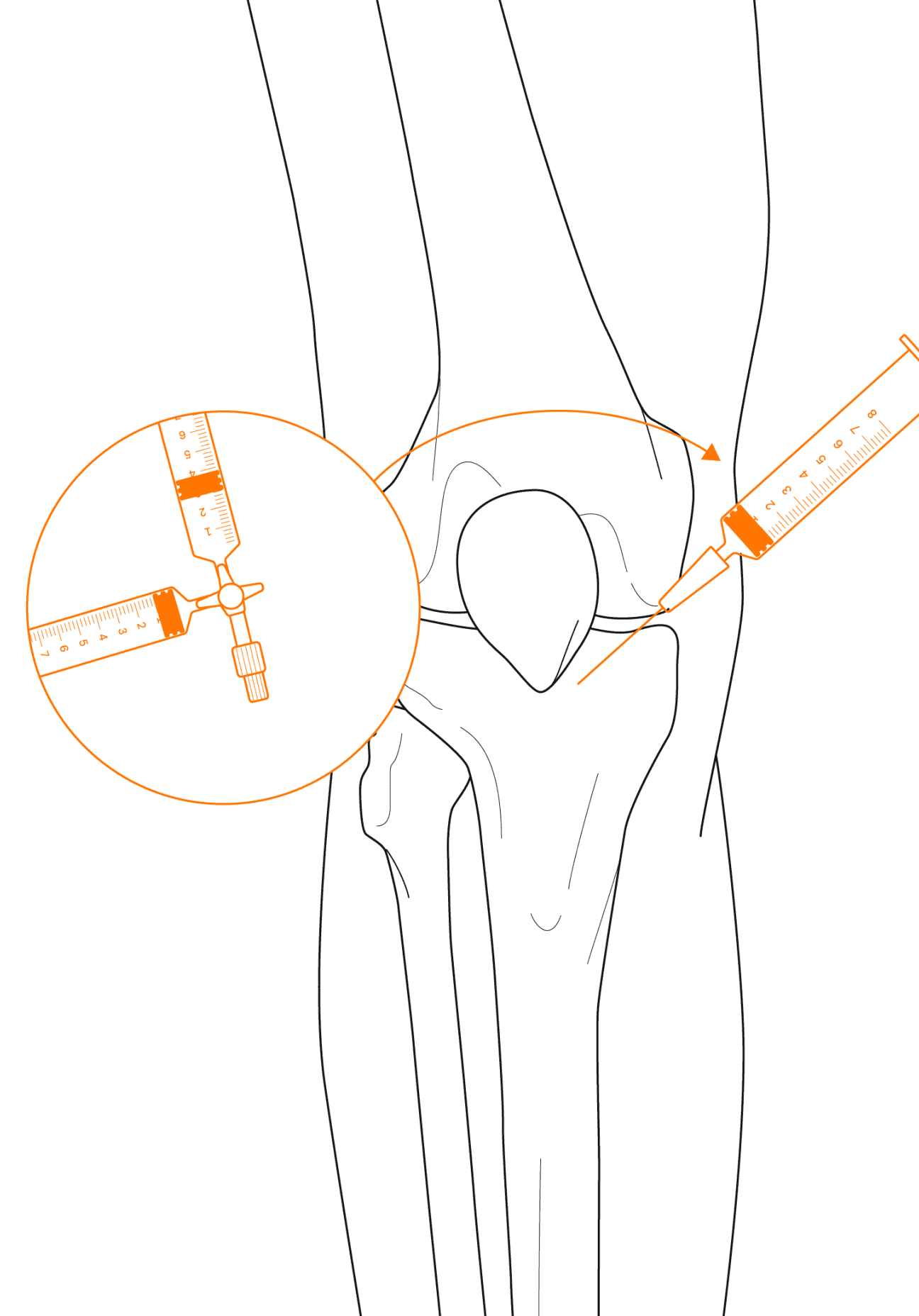
This method involves the gentle removal of degenerated cartilage tissue. By using radiofrequency ablation to specifically target this tissue we enable the body to initiate its own healing process. This procedure is particularly suitable for smaller areas of cartilage damage.

This method involves the targeted use of shockwaves. These acoustic waves are able to stimulate the regeneration of defective cartilage. This procedure is particularly suitable for larger areas of cartilage damage.
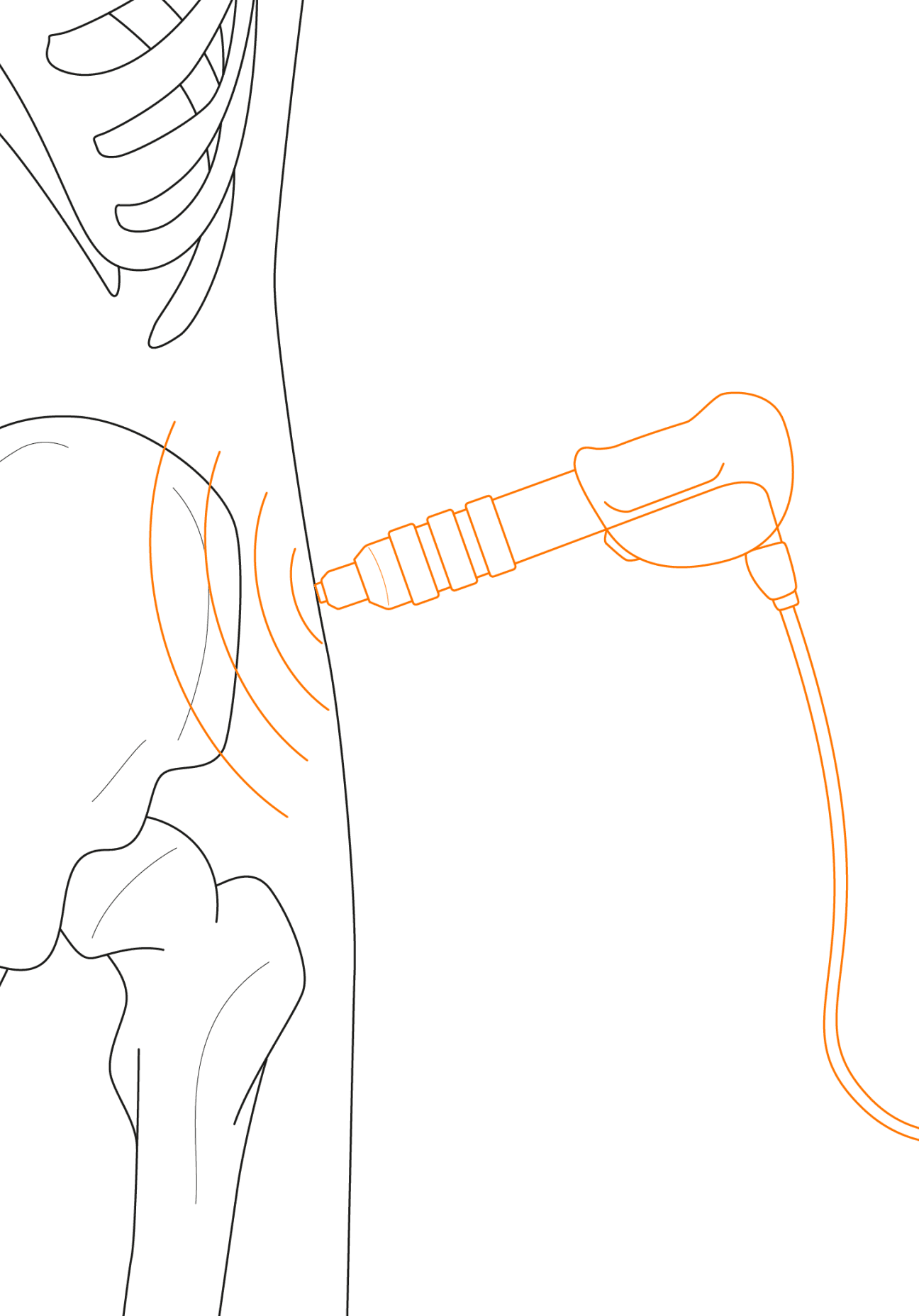
In individual cases, it may be necessary to treat patients using arthroscopic surgery. Here, a very thin, needle-like camera is inserted through a small incision in the skin and the joint is operated on from within. The procedure usually takes only a few minutes and can be performed under local or general anesthetic.

In order to ensure optimal regenerative treatment, we combine these procedures. By first meticulously analyzing the tissue or cartilage damage we are able to design a customized therapy. A combination of several highly effective procedures works much better than an increase in the dosage of one individual method of treatment.
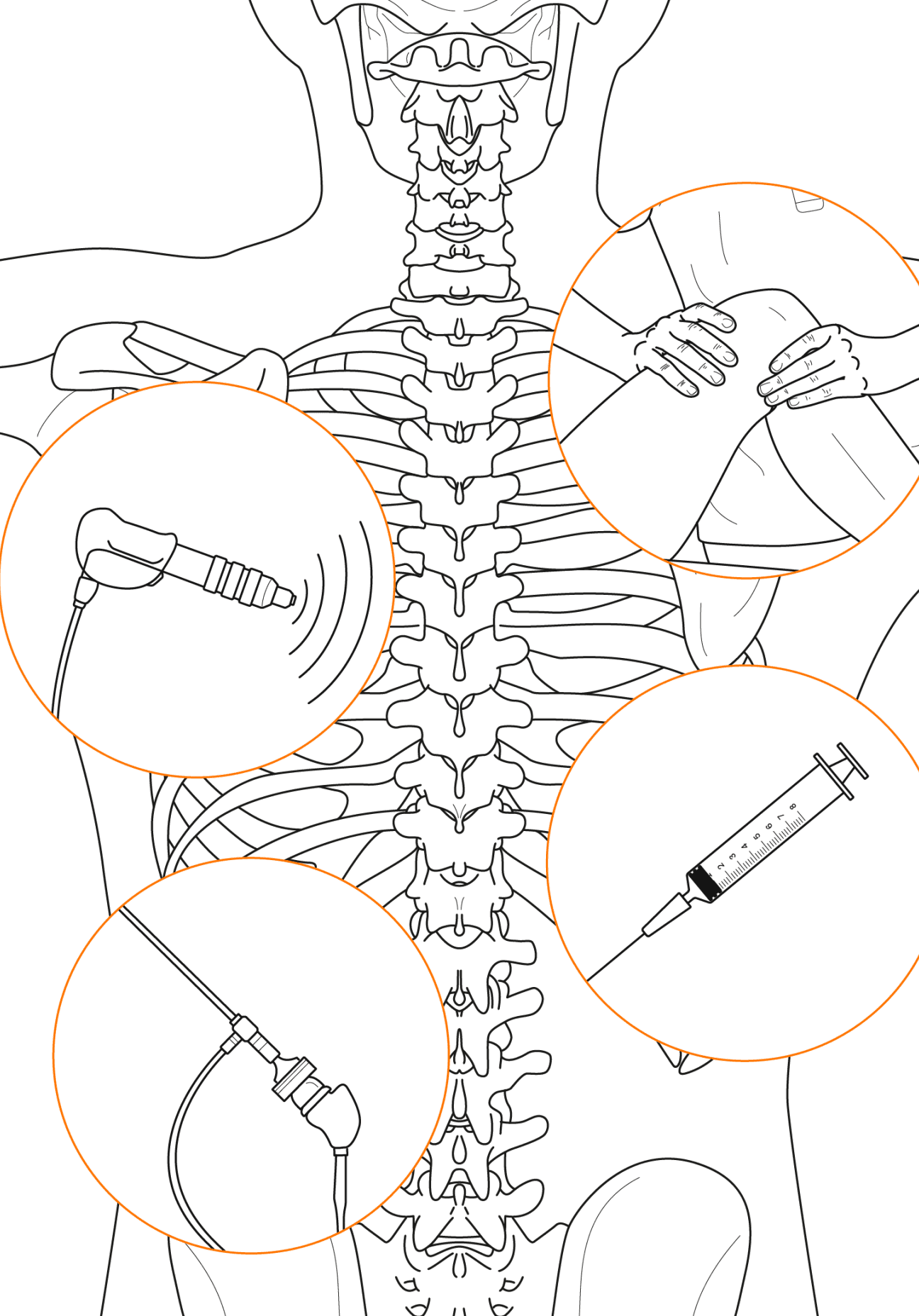
Arthritis treatment always requires physiotherapy. We rely on the best therapists and state-of-the-art therapeutic and apparatus-based methods. These methods, which are also used in the treatment of elite athletes, emphasize leg axis correction, muscle building, movement exercises, and proprioception training.

Your treatment in five simple steps
All therapies are performed on an outpatient basis and you can leave the clinic afterwards on your own two feet.
